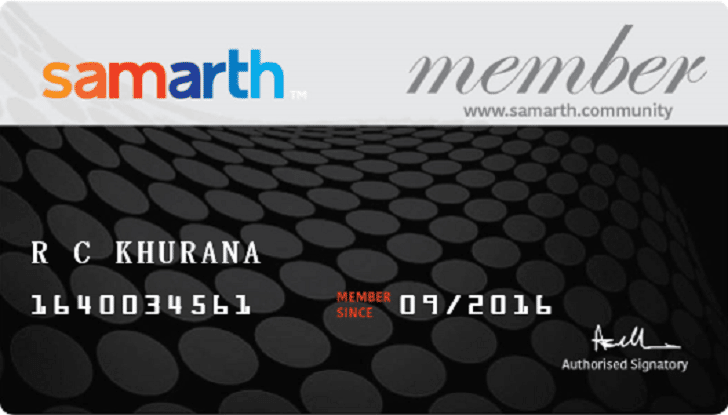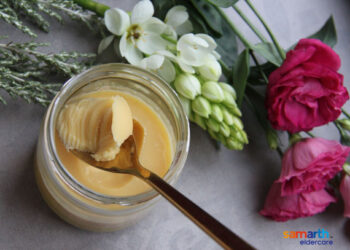Rice is the staple food in India and many other Asian countries as well. Despite the health concerns raised about rice consumption, our love for rice hasn’t really faded. We cannot imagine celebrating a good occasion without Pulao or Biriyani, or our rice Kheer! Funnily though, rice isn’t unhealthy if you know which one to eat and how. On the contrary, it has lots of health benefits, and perhaps there is a reason it has so much importance in our culture.
Rice is used as ‘Akshat’ in most of our auspicious pujas, and it is also said to be the highest form of ‘daan’. What we need to understand is that there are multiple varieties and forms of rice. Also, rice does undergo some change from the time it is harvested until it reaches us. Perhaps, that is what has changed from ancient times, and just maybe, we could still adopt some healthy practices of eating rice. Here is what you should know about rice to make sure that you eat and stay healthy.
White Rice

Join Now >
Most Indians consume white rice as their staple food; while in some parts, it is eaten twice daily, others eat it at least once a day. The way of cooking it differs, but it is eaten in some form or the other. It is this polished white rice that we eat that is said to cause harm.
The white rice contains a high amount of carbohydrates, which provides good energy to sustain throughout the day. It does not have too much fibre and digests easily, which is best suited for infants, toddlers, and seniors. Also, it prevents digestive disorders and contains a decent amount of protein. The issue, though, is in the form that we get in the market. The polished white rice loses all its healthy properties. It is best to go for unpolished rice to get the benefits out of it, especially if you consume white rice. Also, the best way to eat white rice may be to change your way of cooking it. Boil or steam it to remove the starch, rather than pressure cook it. Recently, scientists have also found that adding a little bit of coconut oil while boiling makes it healthier.
Brown Rice
In some parts of India, they eat brown rice as their staple food. This is healthier than white rice and contains a high amount of soluble fibre with lesser calories. This rice retains its health benefits even after being processed for the market and is healthier that way. Also, it is good for lowering cholesterol and comes with a lower glycemic index than white rice. Hence, for the health-conscious and the diabetics, this may be the better rice to include in their diet. This rice is slow in digestion and hence, releases blood sugar slowly. Most Indian households are not aware of this variety of rice. It contains some essential minerals like Calcium, Manganese, Selenium, Magnesium and also folate.
Red Rice
This rice is a healthy choice as it contains a high amount of iron and Vitamin B6. Moreover, the red colour is from anthocyanins in it, and it is usually unhulled while processing. This, along with nutrients like Manganese, Iron, Phosphorous, etc. and a good amount of fibre, makes it a healthy option. There are many varieties in this, and the most famous one in Kerala is the Matta rice from Kerala.
This variety has zero fat and contains both soluble and insoluble fibre. It also contains a good amount of antioxidants that help fight the free radicals that cause many health issues. It is said to be good for skin issues and much better for people with diabetes.
Basmati Rice
The long-grained Basmati rice is the favourite in almost all Indian households when cooking Kheer, Pulao, or Biriyani. This one comes in white and brown colour too. The uniqueness of this variety is the aroma that it gives out that stays with the cooked food. As explained above, the brown variety is healthier than the white one. Basmati rice has a much lower glycemic index than the normal white rice and hence, is better for people with diabetes.
It also contains higher fibre than white rice, and it is the soluble fibre that is better for digestion. The brown Basmati rice contains a much higher quantity of fibre than even normal brown rice. The presence of nutrients like Vitamin B1, B6, Iron, Folate, Magnesium, Copper, Zinc, and Phosphorous makes it healthy. This one is easily cooked, compared to the normal brown rice as well.
Note: The boiled rice is healthier than raw rice as it retains all healthy nutrients. The difference between these two is in the way the paddy is processed to get the final product.











